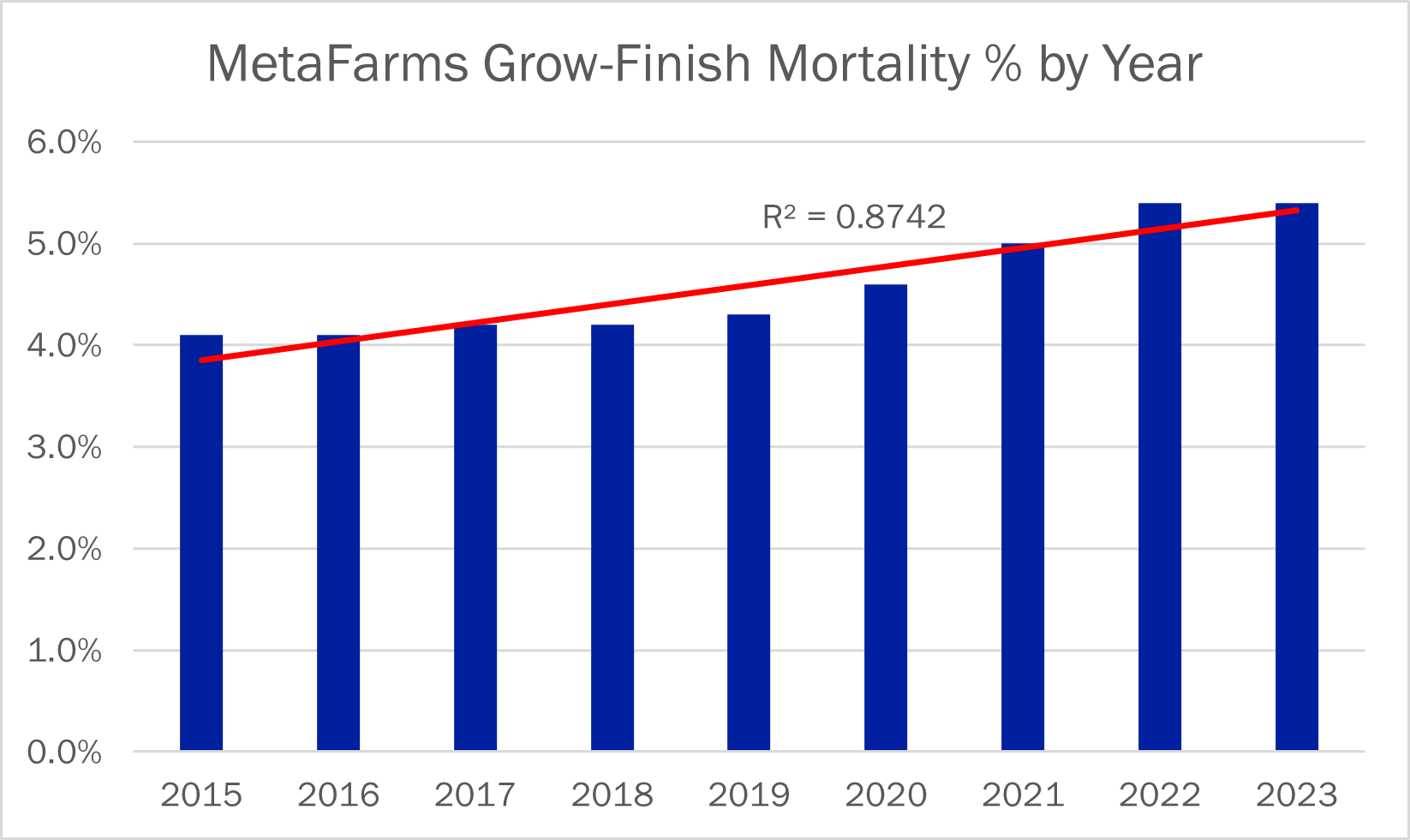
Fresh ideas for a progressive swine industry
 By Nate Brown, Vita Plus swine specialist, and Garrett Rozeboom, Vita Plus swine technical service manager
By Nate Brown, Vita Plus swine specialist, and Garrett Rozeboom, Vita Plus swine technical service manager
Swine producers are continually making changes to their production practices to become more efficient and maximize pig performance.
“The progress producers have made in the swine industry is remarkable” said Nate Brown, Vita Plus swine specialist.
Yet producers can still capitalize on numerous opportunities for major improvements in production to maximize financial results.
 During the Vita Plus Swine Business Management Forum in Okoboji, Iowa, Brown and Garrett Rozeboom, Vita Plus swine technical service manager, discussed current challenges in the swine industry, opportunities for improvement in production, and ultimately financial results.
During the Vita Plus Swine Business Management Forum in Okoboji, Iowa, Brown and Garrett Rozeboom, Vita Plus swine technical service manager, discussed current challenges in the swine industry, opportunities for improvement in production, and ultimately financial results.
Brown has spent more than two decades analyzing production numbers in the hog industry. He has found a growing mortality issue in all stages of production, economically impacting the industry. That leads the industry to question what is causing increased mortality and what can be done to address it.
Brown outlined various factors that impact pig health. Potential causes of increasing mortality on the macro level include:
- Evolution of pathogens
- Changes in antibiotic usage
- Genetics
- Environment
- Nutrition
- Animal husbandry and pig management
Death loss in the growing and finishing phases has increased from 2015 to 2023, and operations are struggling (Figures 1 and 2).
Figure 1. MetaFarms wean-to-finish mortality percentage by year.
Figure 2. MetaFarms grow-finish mortality percentage by year.
While the solution to this mortality issue could be as simple as placing more focus animal husbandry procedures, the details of getting this done are far more complicated and difficult to attain.
Rozeboom introduced the underlying challenges that he feels make it difficult to simply “improve animal husbandry practices” to reduce mortality. They include:
- Finding labor can be time-consuming and frustrating.
- Workloads are increasing for employees with fewer laborers.
- Managers are often faced with language barriers.
- Building a culture with growers and employers is not easy.
That said, Rozeboom said he also believes some simple animal husbandry practices can change the course of mortality issues in any production phase.
“The devil is in the details,” said Rozeboom. “We have to do the little things right.”
Rozeboom said those who invest time in animal husbandry early can reap economic rewards later. Swine operations can be managed well and producers have opportunity capitalize on current genetic potential. To foster a culture where animal husbandry is considered top priority, he suggested the following avenues:
- Invest in your people through training. Take the time to teach hands-on practices rather than verbal explanations.
- Enforce your Standard Operating Procedures (SOPs). Staff should know what they are and how to implement them. SOPs should also be updated regularly.
- Spend the time to cull pigs when needed.
- Do not put all your trust in equipment (ventilation, medicators, sanitation, feeders, bins, mills). Take the time to ensure everything is working properly.
Rozeboom concluded, although reducing mortality seems challenging and at times insurmountable, start by focusing on the details, such as animal husbandry, and investing in your people.
| Category: |
Animal health Business management Markets and economics Swine Performance |

